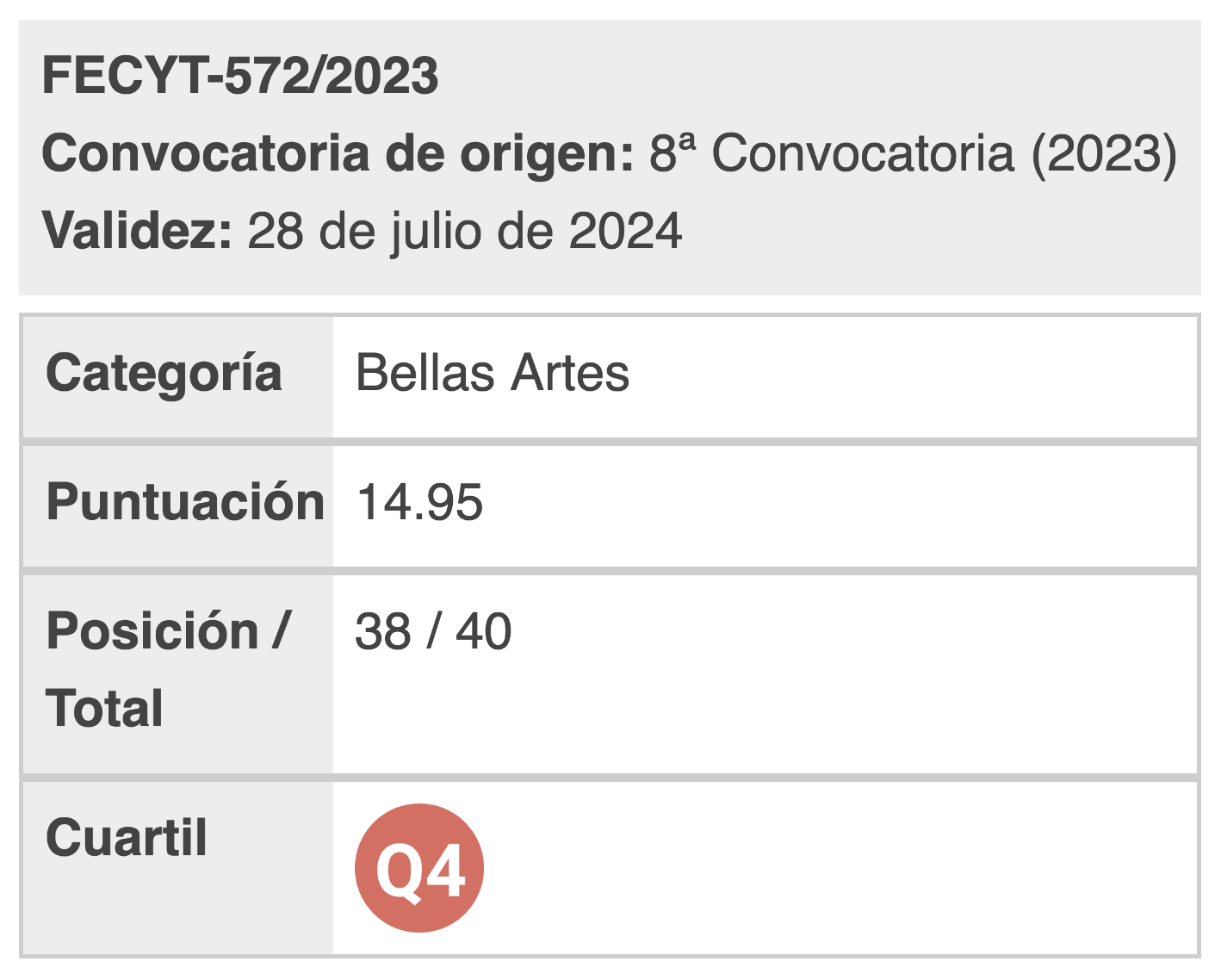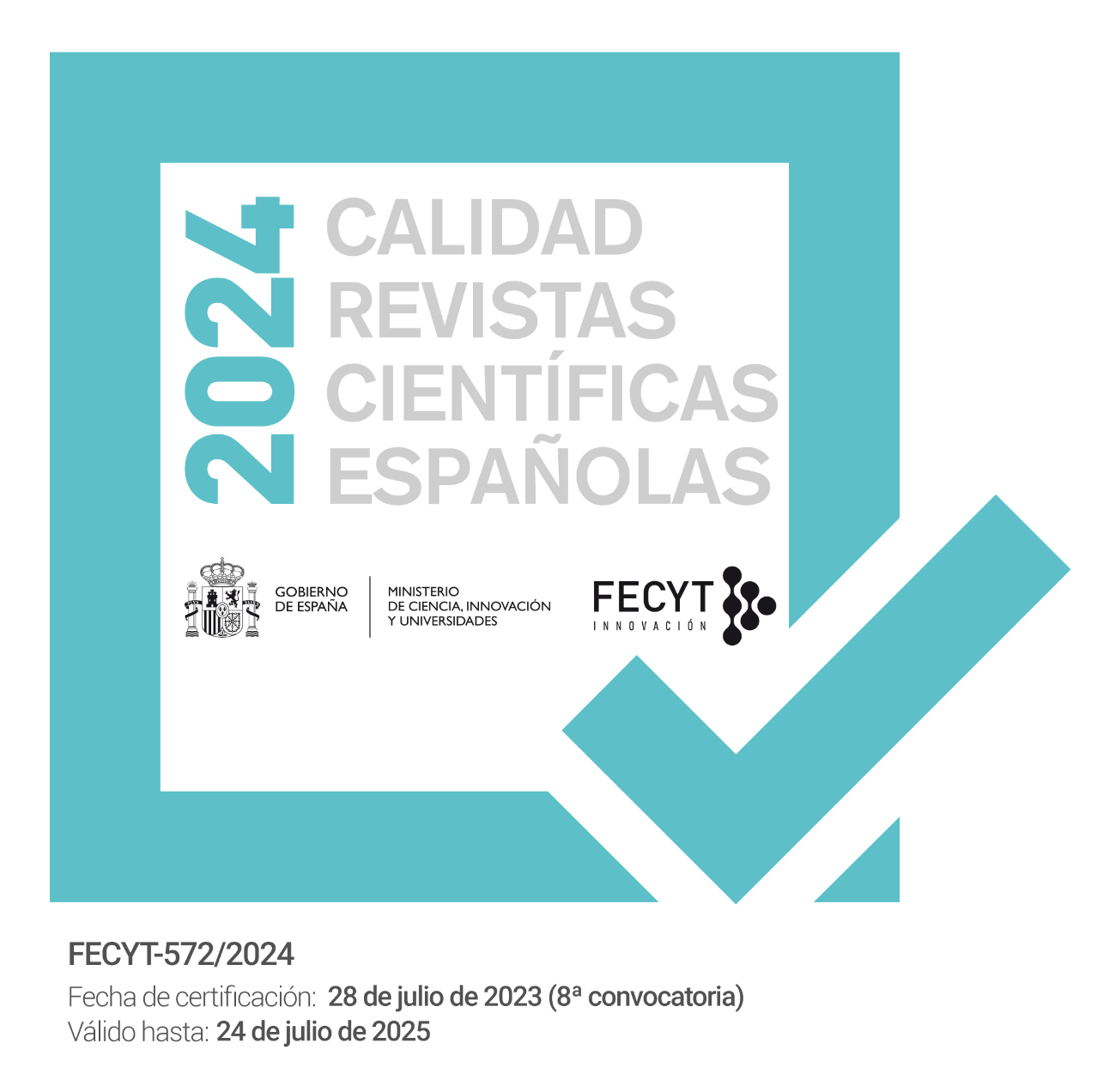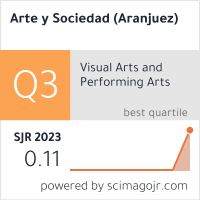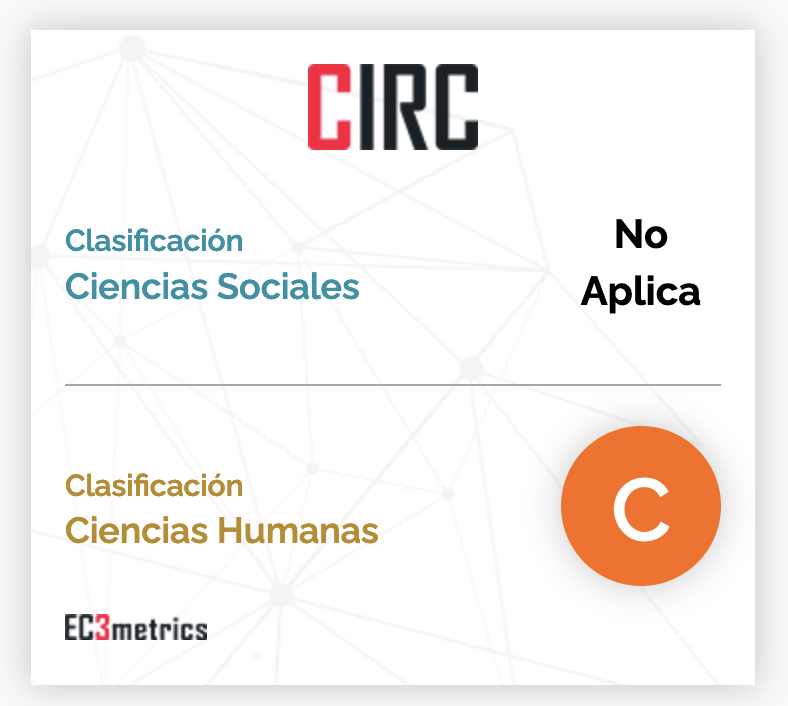Intermediate relations between videogames and pictorial art
Multiple Case Study
DOI:
https://doi.org/10.5281/zenodo.7655191Keywords:
Videogames, pictorial art, Intermediality, intermedial relationAbstract
This paper analyses the various intermedial relations between video games and pictorial art. The research method used is a multiple‑case study, which enables a broad approach to this phenomenon. The results achieved reflect the video game permeability with pictorial art, through hybridization processes, the activation of art works as game elements or characters, and the creation of pictorial spaces within the video pleasent picture.
References
Almeida, F. (2017). Cultura visual japonesa: a intersecção entre arte e o design gráfico, ARS, 15(29), pp. 146–173.
Barck, J. (2008). Hin zum Film – Zurückzu den Bildern. Tableauxvivants: “LebendeBilder” in Filmen von Antamoro, Korda, Visconti und Pasolini. Bielefeld. Transcript.
Benghozi, P. y Chantepie, P. (2017). Jeux vidéo : l'industrie culturelle du XXIe siècle ? París: Presses de la Fondation nationale des sciences politiques.
Calvo, J. (2018). Juegos, videojuegos y juegos serios: Análisis de los factores que favorecen la diversión del jugador. Miguel Hernández Communication Journal, 9(1), pp. 191–226.
Carita, A. (2012) Videojogos e arte: uma importante permeabilidade. Deforma Cultura Online (online), pp. 1–13.
_________ . (2013). Videojogos e pintura: um jogo de correlaçoes. Arte em jogo, Confêrencia de ciencias e artes dos videojogos, Universidade de Coimbra, Portugal, 26-27 de septiembre. Recuperado de http://vj2013.dei.uc.pt/wp-content/uploads/2013/09/vj2013_submission_2.pdf (Fecha consulta 06-08-2019).
Denisova, A. y Cairns, P. (2015). First person vs. third person perspective in digital games: Do player preferences affect inmmersion? Proceedings of the 33rd Annual ACM Conference on Human Factors in Computing Systems, Seúl, Korea del Sur, 18-23 de abril. ACM.
Doménech, A. (2017). Los videojuegos como producto del arte: la influencia e importancia del dibujo, del cómic y otras artes en su historia (Tesis doctoral). Universidad de Granada, Departamento de Dibujo, Granada.
Duret, C. y Pons C. (2016). Contemporary Research on Intertextuality in Video Games. Hershey, PA: Information Science Reference.
Foster, M. (2009). Pandemonium and Parade: Japanese Monster and the Culture of Yōkai, Los Ángeles: University of California Press.
Fuchs, M. y Thoss, J. (2019). Intermedia Games—Games Inter Media:
Video Games and Intermediality. Bloomsbury Academic.
Hidalgo, X. (2011). Videojuegos: Un arte para la historia del arte (Tesis doctoral). Universidad de Granada, Departamento de Historia del Arte, Granada.
Hidalgo, X. (2013). Arte y videojuegos. En Bellido, M.L. (Ed.), Arte y museos del siglo XXI: entre los nuevos ámbitos y las inserciones tecnológicas (pp. 313–330). Editorial UOC.
Koerner, J. (2009). Caspar David Friedrich and the subject of landscape. Reaktion Books.
Lanzaco, F. (2011). Introducción a la cultura japonesa: pensamiento y religión. Valladolid: Ediciones Universidad de Valladolid.
Masgrau, M. y Kunde K. (2018). La intermedialidad: un enfoque básico para abordar fenómenos comunicativos complejos en las aulas. Arte, individuo y sociedad, 30(3), pp. 621–637.
Nakau, E. (2016). Something Wicked from Japan: Ghosts, Demons & Yōkai in Ukiyo e Masterpieces. PIE international.
Picard, M. (2008). Video Games and Their Relationship with Other Media. En Wolf, M. (Ed.), The Video Game Explosion: A History from Pong to PlayStation and Beyond (pp. 293–300). Greenwood Press.
Rajewsky, I. (2005). Intermediality, intertextuality, and remediation: A literary perspective on intermediality. Intermédialités, nº 6, pp. 43–64.
Susi, T. Johannesson, M. y Backlund, P. (2007). Serious Games - An Overview (Technical Report HIS-IKI-TR-07-001), University of Skövde, Suecia, 2007. Recuperado de https://www.diva-portal.org/smash/get/diva2:2416/FULLTEXT01.pdf
Toups, Z. Crenshaw, N. Wehbe, R. Tondello, G. y Nacke, L. (2016). The collecting itself feels good”: Towards collection interfaces for digital game objects. Proceedings of the Annual Symposium on Computer Human Interaction in Play (pp. 276-290), Austin, Texas, USA, 16-19 de octubre. ACM.
Yin, R. (2009). Case Study Research: Design and Methods. Sage.
Zeid, J. (2018). Art et jeux video. Palette.
Zetter, N. (2016). Perception and Periodization: Video Game Perspective as Symbolic Form. Studies in Control Societies, 1(1).

Published
How to Cite
Issue
Section
License

This work is licensed under a Creative Commons Attribution 4.0 International License.
You are free to:
Share — copy and redistribute the material in any medium or format.
Adapt — remix, transform, and build on the material for any purpose, including commercial.
Attribution — You must properly acknowledge the authorship, provide a link to the license, and indicate if any changes have been made.
You may do so in any reasonable manner, but not in any way that suggests that you endorse or receive any endorsement by the licensor for your use.
No additional restrictions — You may not apply legal terms or technological measures that legally restrict you from doing what the license allows.



























